detail profile gianfranco bellini
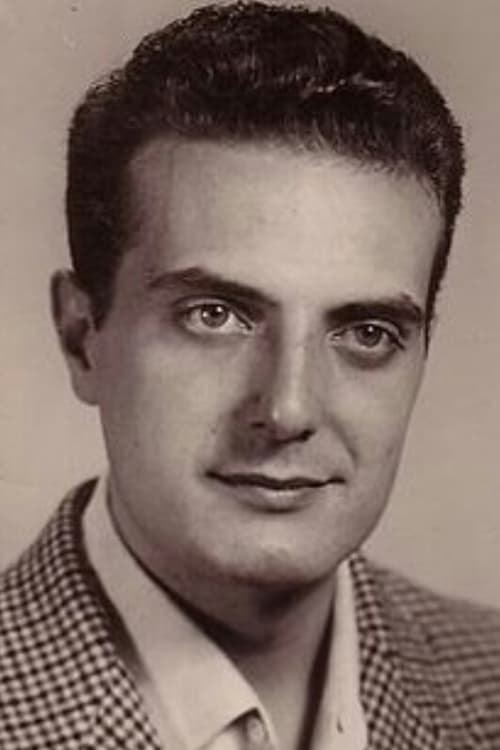
Info Pribadi
Peran Yang Di Mainkan Gianfranco Bellini
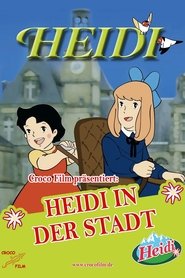 Heidi leaves her beloved Alm and...
Heidi leaves her beloved Alm and...Heidi in the City 1977
Heidi leaves her beloved Alm and moves to Frankfurt, where she finds a new good friend in Clara. Aunt Dete wants Heidi to leave her grandfather on the mountain pasture and go with her to Frankfurt, where she is supposed to live with the Sesemann family and keep their paralyzed daughter Clara company. In this way, Heidi would enjoy an excellent upbringing and grow up with one of the richest families in Frankfurt. Aunt Dete sees a bright future for Heidi in the city. However, this idea is not met with enthusiasm by Heidi and her grandfather, Peter and his grandmother are also very reluctant to let Heidi go. After much persuasion and many promises from Aunt Dete, Heidi finally leaves her beloved mountain world with a heavy heart and travels to Frankfurt.
 The film was directed by Giuliano...
The film was directed by Giuliano...Pinocchio 1972
The film was directed by Giuliano Cenci with assistance from his brother Renzo. During production, Carlo Collodis grandchildren Mario and Antonio Lorenzini were consulted. The subtle movements made by fidgeting children whilst speaking or under scrutiny were incorporated into Pinocchios movements, particularly when he lies to the Fairy with the Turquoise Hair over the fate of his gold coins. For the design of the Fairy, Italian portrayals of the Blessed Virgin Mary in art were used as starting points.
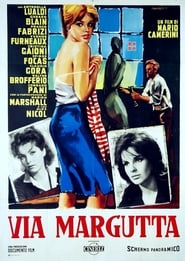 The trials and tribulations of a...
The trials and tribulations of a...Run with the Devil 1960
The trials and tribulations of a group of artist friends and a gay gallery owner living in the Via Margutta neighbourhood of Rome. Stefano is a talented painter, devoted to his art but not interested in promoting himself, while many of his fellow artists are far more adept at selling their persona than creating art.
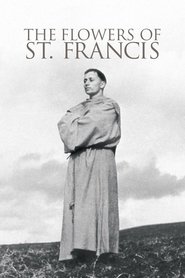 In a series of simple and...
In a series of simple and...The Flowers of St. Francis 1950
In a series of simple and joyous vignettes, director Roberto Rossellini and co-writer Federico Fellini lovingly convey the universal teachings of the People’s Saint: humility, compassion, faith, and sacrifice. Gorgeously photographed to evoke the medieval paintings of Saint Francis’s time, and cast with monks from the Nocera Inferiore Monastery, The Flowers of St. Francis is a timeless and moving portrait of the search for spiritual enlightenment.
 A little boy meets the old...
A little boy meets the old... Little Dick the wellendowed dwarf servant...
Little Dick the wellendowed dwarf servant...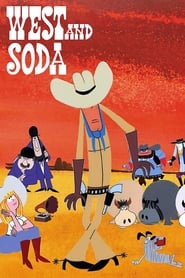 West and soda is a 1965 traditionallyanimated...
West and soda is a 1965 traditionallyanimated... A captured architect designs an ingenious...
A captured architect designs an ingenious...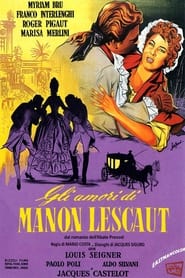 In the reign of king Louis...
In the reign of king Louis...